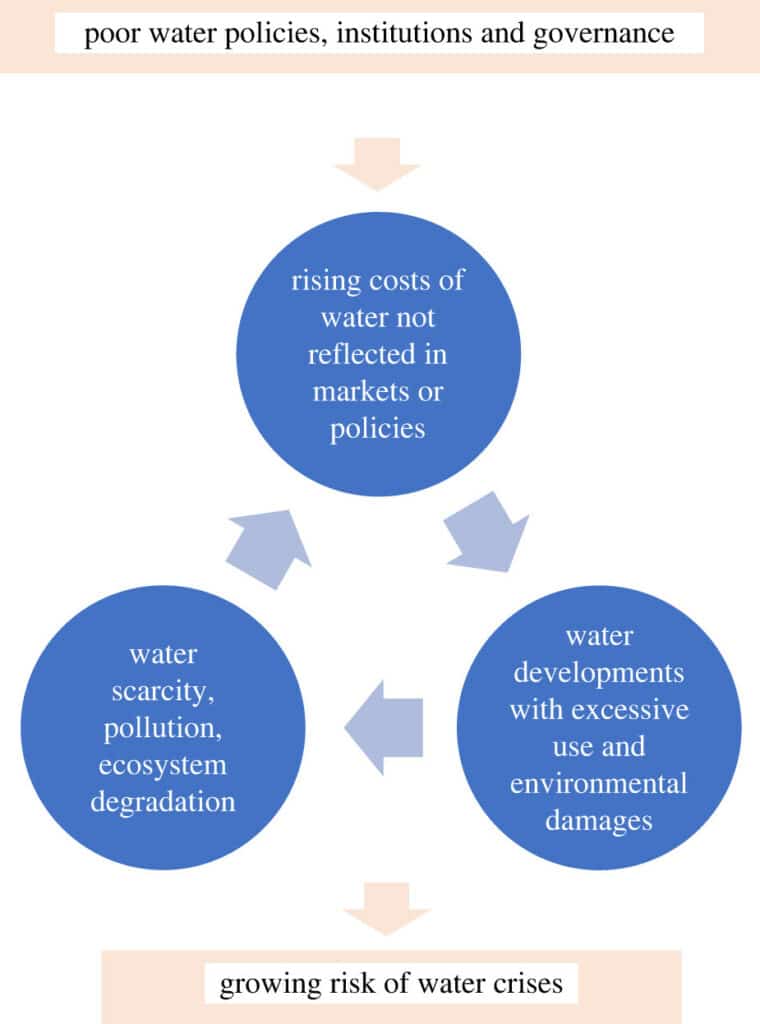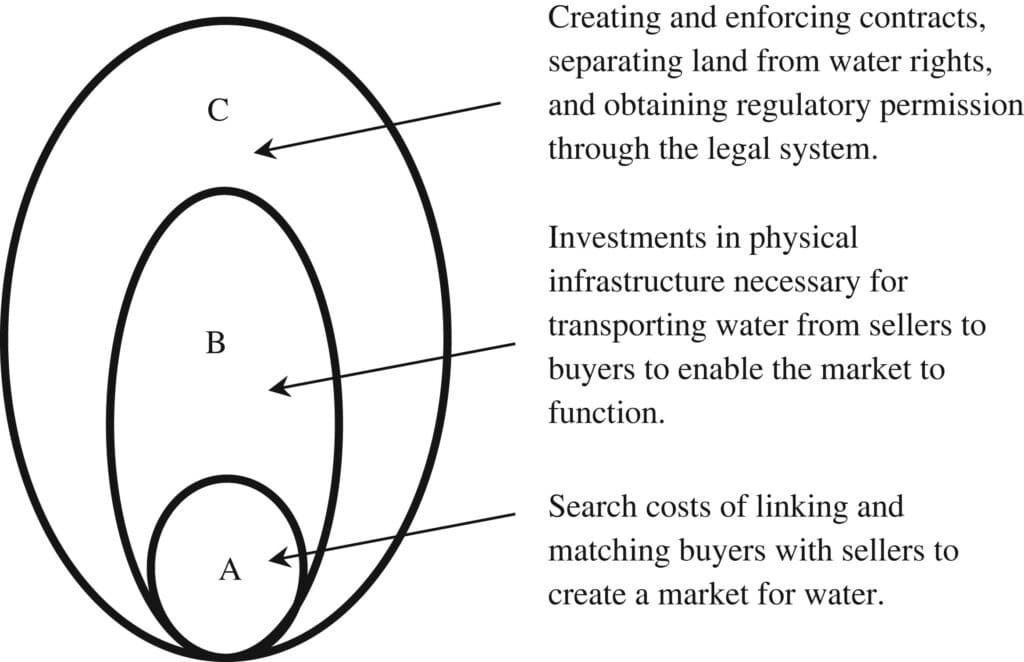Economics aspects of water crisis
Abstract
The growing risk of water crises, including drought, is one of the greatest challenges in the coming decades. Averting such crises will be especially daunting, given that they are just as much a failure of water management as they are a result of scarcity. A major shortcoming is the persistent underpricing of water.

The increasing environmental and social costs associated with freshwater scarcity are not routinely reflected in markets. Nor have we developed adequate policies and institutions to handle these costs. This creates perverse incentives that fail to balance water exttraction with supply, protect freshwater ecosystems and generate water-saving innovations. However, drought is proving to be a catalyst for governance and policy reform, and steps can be taken to overcome the underpricing of water. Several examples are explored to illustrate the economic challenge. They include removing the barriers to water markets and trading, reallocating subsidies for water supply and sanitation to expand delivery in developing countries and reforming environmentally harmful irrigation and agricultural policies.
The article also explains how ending underpricing can foster a comprehensive strategy for water-saving innovation that can ‘bend’ the global water use curve.

This article is part of the Royal Society Science+ meeting issue ‘Drought risk in the Anthropocene’.
Publisher edit this study as a point of view maybe different than he believe.
Research on PDF
https://royalsocietypublishing.org/doi/epdf/10.1098/rsta.2021.0295






